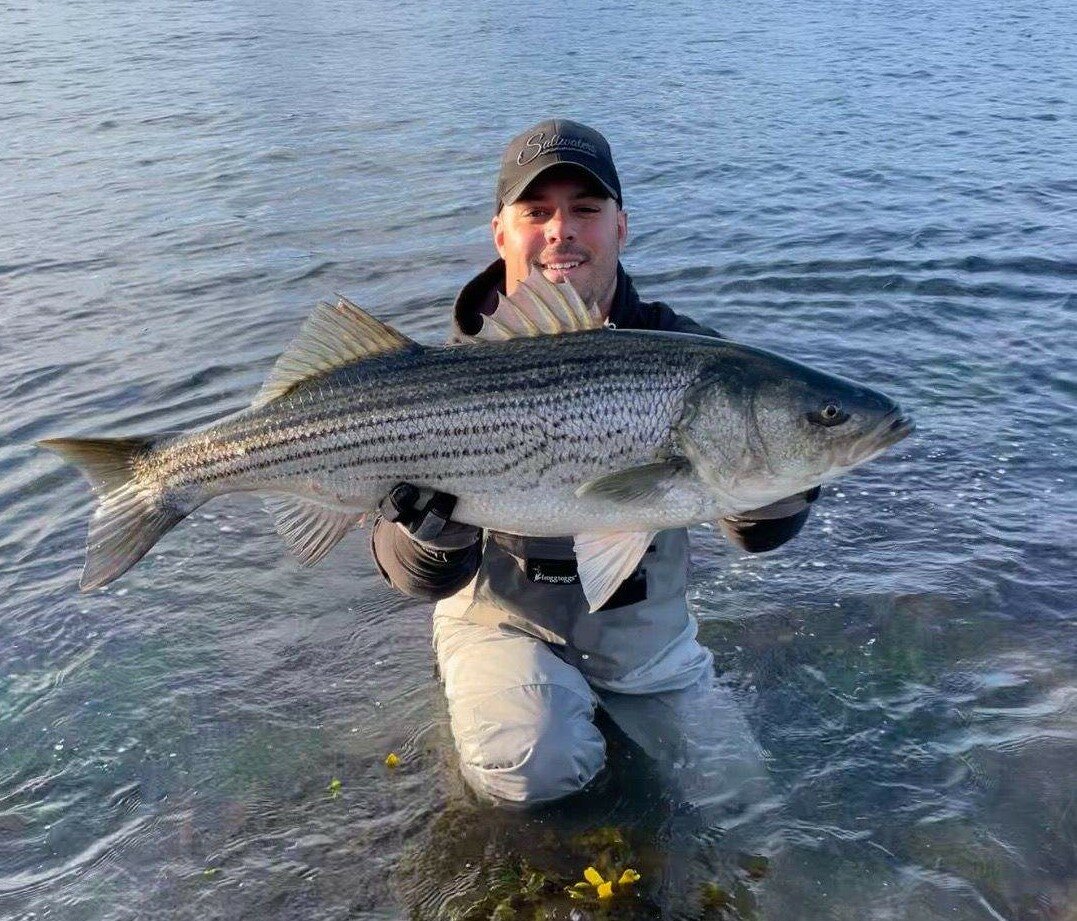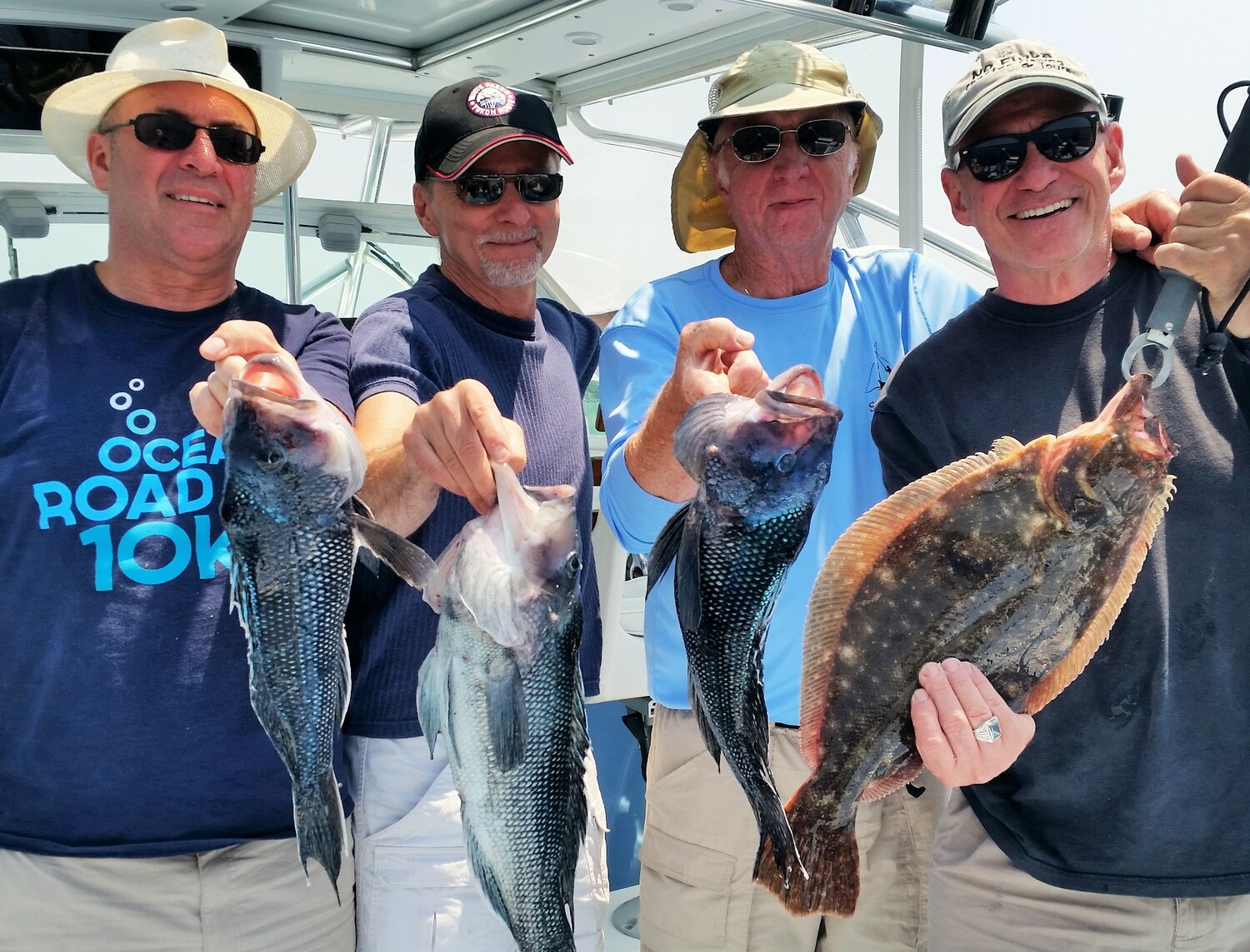- FRIDAY, JUNE 28, 2024
NOAA re-envisioning how it estimates angler catch
NOAA’s recreational catch and effort program, the Marine Recreational Information Program (MRIP), engaged a major effort to reinvent itself earlier this year with a re-envisioning process. However, the initiative to reinvent itself could be sidetracked by a draft bill going through the U.S. House of Representatives.
The recreational fishing catch and effort data collected by MRIP, along with stock assessments, are used to establish recreational harvest limits (and ultimately regulations). So MRIP is an important program for the recreational fishing community.
No doubt there are challenges with MRIP. Last year MRIP announced their Effort Survey may have overestimated angler catch by as much as 30 to 40 percent, depending on the species and region. This has made many anglers and NOAA draw a line in the sand.
The MRIP program needs to reinvent itself, establish standards for enhanced state and regional data to supplement what they collect nationally, and incorporate this more robust data set into catch and effort estimates while setting standards for smartphone apps so data used on the many fishing applications out there can be incorporated into the equation if they meet standards.
At a recent re-envisioning workshop, NOAA outlined the process they plan to use to reinvigorate MRIP, getting it back on track as the central data source for recreational fishing. The re-envisioning process hopes to make the program more accurate, address the frustration expressed by anglers in the past, while taking advantage of the decades of data the program provides.
Russel Dunn, NOAA Fisheries Senior Advisor for Recreational Fisheries, shared a draft goal for the program along with process to be used by NOAA to re-envision MRIP:
• Engage partners and anglers, solicit feedback on concept and proposed process;
• Contract a neutral external facilitator to identify and establish topical working group teams;
• Interviews with partners and stakeholders and summarize results;
• Host visioning workshops;
• Collaboratively draft a vision/structure of renewed partnership based on interviews and workshop findings;
• Initiate a joint transition plan , circulate partnership structure and vision for feedback & finalize;
• Jointly announce/roll out a new data partnership structure and vision.
MRIP under attack
Just as NOAA is trying to engage the above MRIP re-envisioning process, it has come under attack with a new U.S. House of Representative draft bill, HR 8705, sponsored by Rep. Gaves of Louisiana.
To me, fish abundance, having more fish in the water for all of us to catch, eat and or release, should be the aim of any recreational fishing program. Abundance is what drives the recreational industry. The opportunity to catch fish drives anglers to fish. No one wants to go fishing and not catch anything.
The proposed Gaves bill would create multiple data collection and analysis methods and subject data collection and interpretation to state and regional politics, rather than having the data driven by pure science from a non-partial entity like NOAA Fisheries and its MRIP program. So we would not have science and fish abundance as a primary aim, but would rather have state and regional politics drive decisions to take more fish or not.
We have witnessed the collapse of many fisheries due to state and regional political pressure. Locally, here in New England, the Atlantic Cod is a perfect case. Catch limits were set by fish policy makers and managers that were subject to politics, so much so they allowed overfishing to occur year after year to the point the stock was decimated.
The Graves bill would hinder rather than help ensure our fisheries’ health. While I agree that we need to constantly strive to improve the science and data used to manage our fisheries, Mr. Grave’s bill would stand in the way of the unprecedented effort happening right now mentioned above between state, federal and regional managers to improve NOAA’s MRIP.
This bill would create a fragmentation in the data system used to manage our fisheries. It would undermine the scientific integrity of our fisheries data and management, create a tremendous amount of unnecessary bureaucracy and Congressional overreach in our fisheries, and further politicize our scientific and management process
What can anglers do?
Anglers can email their U.S. representative and ask them to not support the Rep. Graves MRIP bill. And regarding the MRIP re-envisioning process, anglers need to be attending NOAA, regional council and state meetings to discuss data collection and insist on a science driven (rather than politically driven) data collection and analysis program.
Where’s the bite?
Striped bass and bluefish: Taylor Brown of Sam’s Bait & Tackle, Middletown, said, “The striped bass bite has been outstanding. From the upper Bay out to Newport and Block Island, the bite is on. Anglers are hooking up trolling tube and work, umbrella rigs, but also using eels and lures. The bluefish bite has primarily been out in front off Newport.”
Nick Krajewski of Quaker Lane Bait & Tackle, North Kingstown said, “Anglers are catching some nice striped bass out in front off Newport at Brenton Reef and in the Bay as well. If anglers cannot find pogies, they are using eels but also trolling umbrella rigs and tube & worm with success.”
Dave Henault of Ocean State Tackle, Providence, said, “The bass bite in the by has been very weird, from 1 to 4 p.m. some days. Anglers have been successful using eels and Atlantic menhaden whole or cut into chucks.”
Fluke (summer flounder),
black sea bass and scup
“Fluke fishing has been good, better than it has for the past couple of years. Some are catching a lot of shorts with an occasional keeper, yet others are catching decent size fish with an occasional jumbo,” said Taylor Brown of Sam’s Bait & Tackle. “The fluke bite is better inshore than offshore and around Block Island. Anglers are catching fluke closer to shore along Charlestown and Misquamicut beaches,” said Parker Mandes of Watch Hill Outfitters.
“Some very nice fluke are being caught off Newport, with the bait and rig of choice being bucktails and native squid. Anglers are catching keepers, however, not reports of a good fluke bite in the Bay,” said Nick Krajewski from Quaker Lane Bait & Tackle.
Tom Giddings of the Tackle Box, Warwick, said, “The fluke bite is on. We had one customer catch two keeper fluke to 22” in front of Cole Farm, Warwick, north of Conimicut Point. And, 14” scup are being caught at Rocky Point.”
Freshwater
Nick Krajewski of Quaker Lane said, “With some nice vegetation growth in lakes and ponds, anglers are doing well with topwater frogs to catch largemouth bass.”
Tom Giddings of the Tackle Box said, “Johnston Pond, Coventry and Sandy Pond, Warwick continue to produce some nice largemouth bass for customers. Shiners seem to be working well for them.”
Dave Monti holds a master captain’s license and charter fishing license. He serves on a variety of boards and commissions and has a consulting business focusing on clean oceans, habitat preservation, conservation, renewable energy, and fisheries related issues and clients. Forward fishing news and photos to dmontifish@verison.net or visit www.noflukefishing.com.
Other items that may interest you









